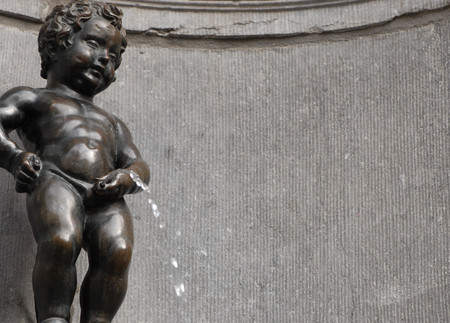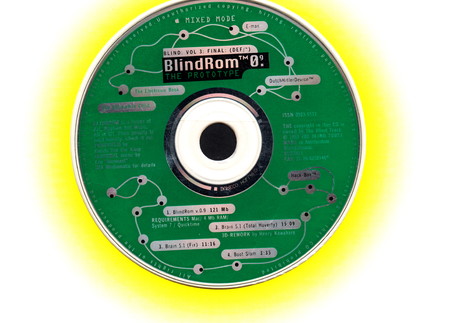While he is most often associated with the Dada and Surrealism movements, his participation in Surrealism was largely behind the scenes, and after being involved in New York Dada, he barely participated in Paris Dada.
Thousands of books and articles attempt to interpret Duchamp's artwork and philosophy, but in interviews and his writing, Duchamp only added to the mystery. The interpretations interested him as creations of their own, and as reflections of the interpreter.
A playful man, Duchamp prodded thought about artistic processes and art marketing, not so much with words, but with actions such as dubbing a urinal "art" and naming it Fountain. He produced relatively few artworks as he quickly moved through the avant-garde rhythms of his time.
Duchamp's early art works align with Post-Impressionist styles. He experimented with classical techniques and subjects, as well as Cubism and Fauvism. When he was later asked about what influenced him at the time, Duchamp cited the work of Symbolist painter Odilon Redon, whose approach to art was not outwardly anti-academic, but quietly individual.
He studied art at Académie Julian (1904 to 1905), but preferred playing billiards to attending classes. During this time Duchamp drew and sold cartoons which reflected his ribald humor. Many of the drawings use visual and/or verbal puns. Such play with words and symbols engaged his imagination for the rest of his life.
Marcel Duchamp died on October 2, 1968 in Neuilly-sur-Seine, France and is buried in the Rouen Cemetery, in Rouen, Normandy, France. His grave bears the epitaph, "D'ailleurs, c'est toujours les autres qui meurent;" or "Besides, it's always other people who die."
source: youtube.com







